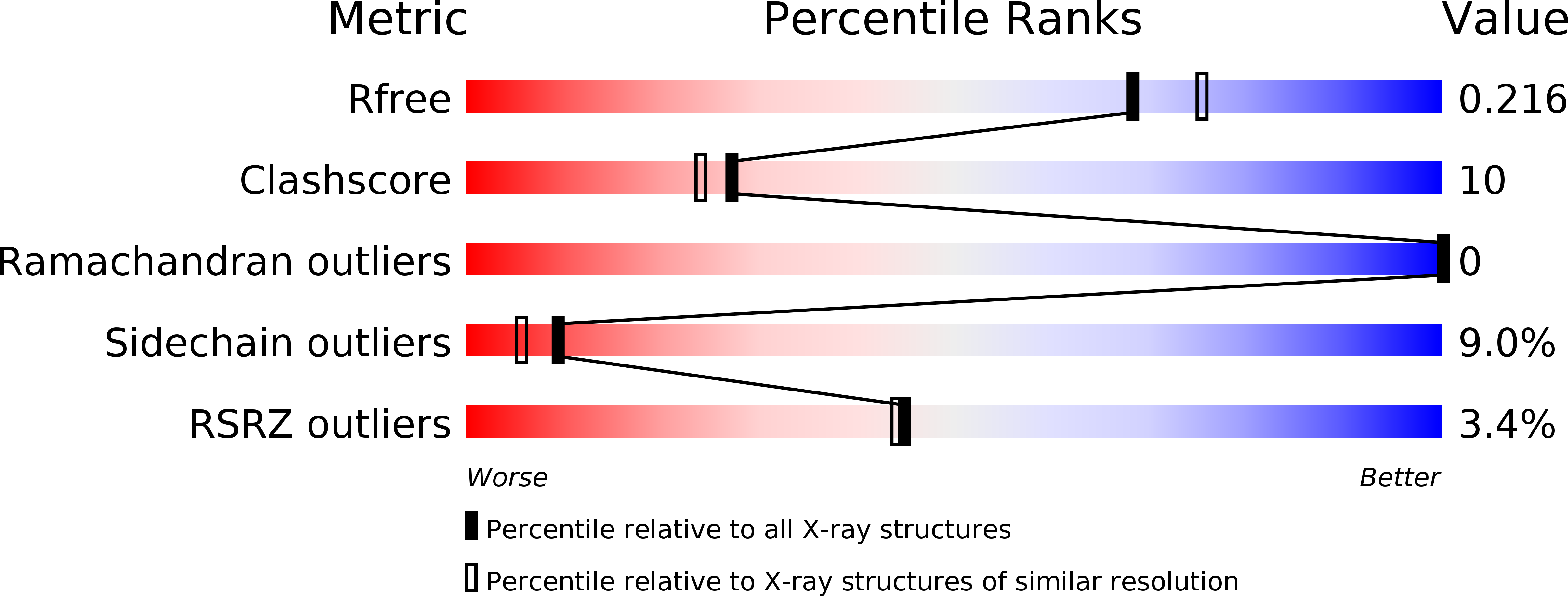
Deposition Date
2004-02-11
Release Date
2004-10-26
Last Version Date
2024-11-06
Entry Detail
PDB ID:
1SBZ
Keywords:
Title:
Crystal Structure of dodecameric FMN-dependent Ubix-like Decarboxylase from Escherichia coli O157:H7
Biological Source:
Source Organism:
Escherichia coli (Taxon ID: 83334)
Host Organism:
Method Details:
Experimental Method:
Resolution:
2.00 Å
R-Value Free:
0.21
R-Value Work:
0.17
R-Value Observed:
0.18
Space Group:
H 3


